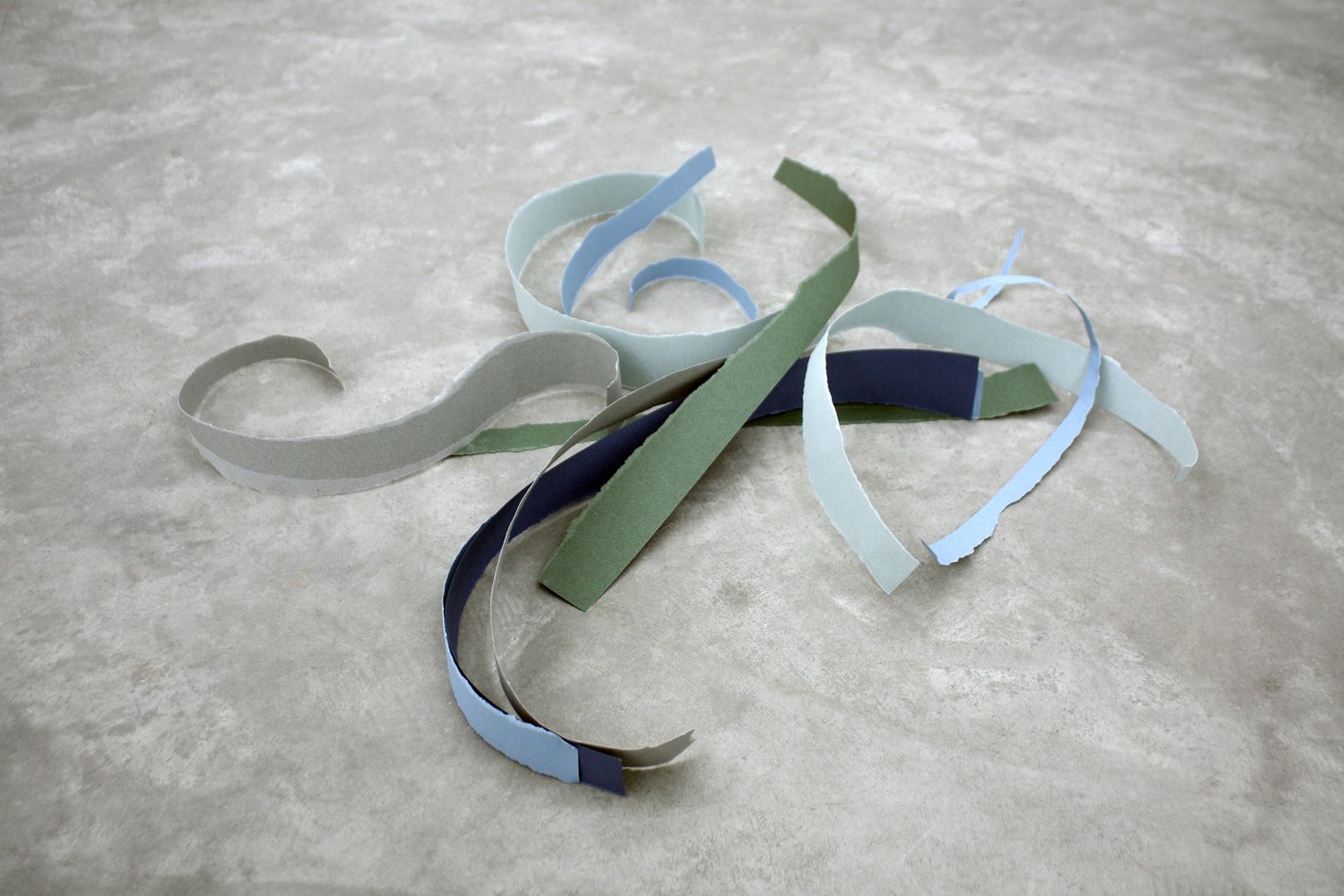
SCHLEICHER/LANGE PARIS
MARIA LOBODA: CONVERSATIONAL STYLE
16 May, 2009 - 25 June, 2009

-
The artist’s work brings into play several elements that conjure up and oppose rarely associated fields, such as art and Occult sciences. The artist is renowned for the practice of setting up knowledge systems and their formalisation, assigning them magic incantations or spiritual forces.
Maria Loboda has, in her past work, called upon a jinn, the presence of which was manifested by a signed document certifying the act of invocation. By drawing upon a mediaeval curse, or an I Ching, or the Victorian language of flowers (via which she conveys evil messages), the artist interweaves different codes (under the aegis of a cultural heritage such as Romantic music, as in the case of Conversational Style).
Music thus plays a central role, albeit a silent one, in this exhibition. The title of the exhibition refers to Joseph Haydn’s definition of chamber music as a ‘conversational style of composition’, which provided the artist with her starting point for the exhibition. For Haydn, chamber music should be played like a conversation, all the more so in that each part is written for a single instrumentalist. Joseph Haydn’s term has a transdisciplinary reach, between word and sound.
It was for Maria Loboda a source of inspiration for accenting analogies. Thus, the spectator will encounter sculptures made of various materials, which will gradually reveal themselves to be the missing letters needed to complete the composer’s expression that was started in the title of the exhibition. The artist intends the installation as a ‘room as a word’. Drawing directly on Joseph Haydn’s reading of this musical genre, Maria Loboda has created sculptures that spell themselves out, furnishing an interior space, fitting into it, as music adapts to the improvised and polyphonic structure of conversation. Thirteen letters will be arranged about the space, in the form of walldrawings or three-dimensional shapes, like so many ‘verbal sculptures’. However, they will not be easily identifiable, posing as interior shapes, abstract and convivial. They will only come to compose a word as the spectator progresses through the installation, the work’s intrinsic formal composition slowly becoming discernible. ‘… of composition’, an almost militant, but truncated, expression will stimulate at once an appreciation of the objects – a relationship with the sculpture and its own language – and the reading of the words, whose meaning begs to be deciphered, like a puzzle.
Referencing artists or creators from a more or less recent past is a common practice for the artist and is the case in New Sculptures for an Old Collection (2008) – a reference to the designer Eileen Grey – and in Kugel, Fläche, Stab, Kristall, Band, Kegel, Spirale (2008) (Sphere, Surface, Rod, Crystal, Ribbon, Cone, Spiral), which alludes to Laszlo Moholy-Nagy. In
Conversational Style she continues in the same vein. In the last room, an armchair in the style of 1920s Czech Cubism with an adjacent cushion evokes two people in conversation. The originality of this bicephalous sculpture lies in the artist’s self-imposed constraints: to build the piece from the same materials used to produce a musical instrument. By opting for a visionary trend in design, combining pure formalisation with everyday objects, the artist creates a hybrid territory, both futuristic project and historic reinterpretation. How can an instrument become furniture? How can pure forms be tied to a function? And in this crossover, what is lost or gained? The intangibility of the meaning behind Maria Loboda’s works contrasts with the strong presence of shapes and materials echoing the complexity of an ambivalent world, where forces can be continually overturned, revived or simply ignored, through code systems and their aesthetic materialisation.